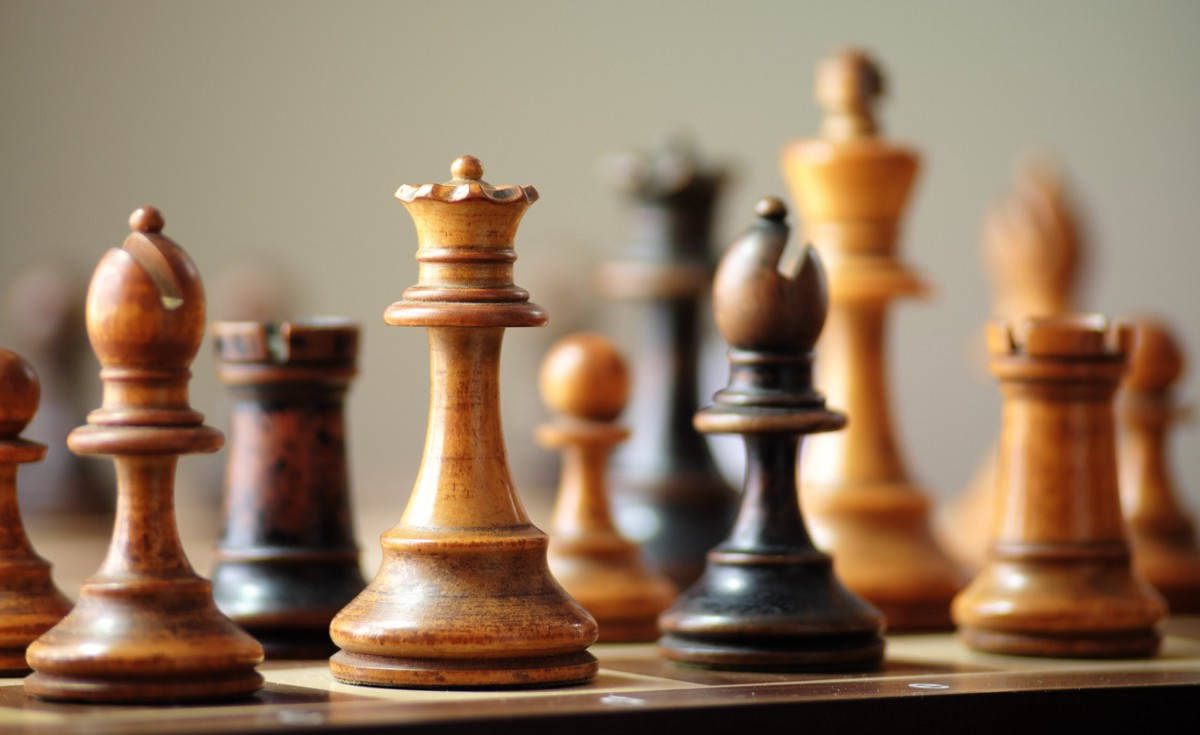Currently, we are waiting on our PCB, which would be our most significant risk, as none of us have experience fabricating a PCB or using solder paste and the oven. We hope to get trained for this as soon as possible and fabricate our PCB right after.
This week, our team focused on making substantial progress in our communication and hardware logic, as well as board and PCB design. In terms of our communication and validation logic, Mukundh and Edison focused on establishing connection from the Arduino and RPi while sending information through both systems. Mukundh added calibration logic to our arduino design which allows the system to calibrate the sensors prior to starting a game, by doing this we can establish a range for our hall effect’s idle voltage readings. Calibrating the sensors and allocating this information will help us solidify our piece detection logic in the near future. Mukundh and Edison were also able to send hard coded moves from the Arduino to the RPi and then to Lichess.org (once the moves were validated and if they were valid). This means that the software logic of the project is nearly done, our group would then need to focus on integration and testing. Juan spent some time designing our board’s encasing and redesigning our PCB – we had issues with patch sizes and needed to reorder our design in order to adequately solder the surface mount components onto the board. Mukundh was also able to 3D print all of our pieces and braille coordinates which will be glued onto the board encasing in order to help our users guide themselves across the board.
As for testing and validation, we will be individually testing and validating our systems. Once all of our individual systems have been validated we will run integration tests to guarantee data is being sent across the entire system correctly and the system is able to perform under the goal system delay. We will also be testing each individual hall effect sensor that is mounted onto the PCB, in order to guarantee the sensors are working as expected before testing the entirety of the PCB. In order to test the PCB and detection logic, we will manually move pieces across the board, simulating game moves, to measure how accurate the system is reading the infromation in order to achieve our goal system accuracy.
